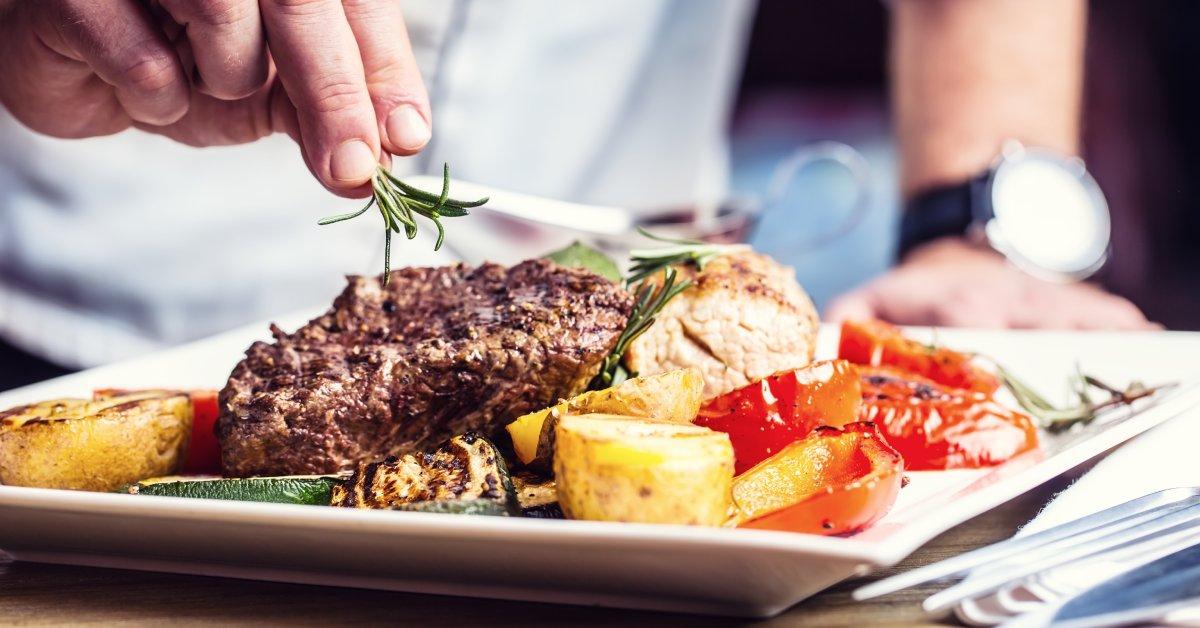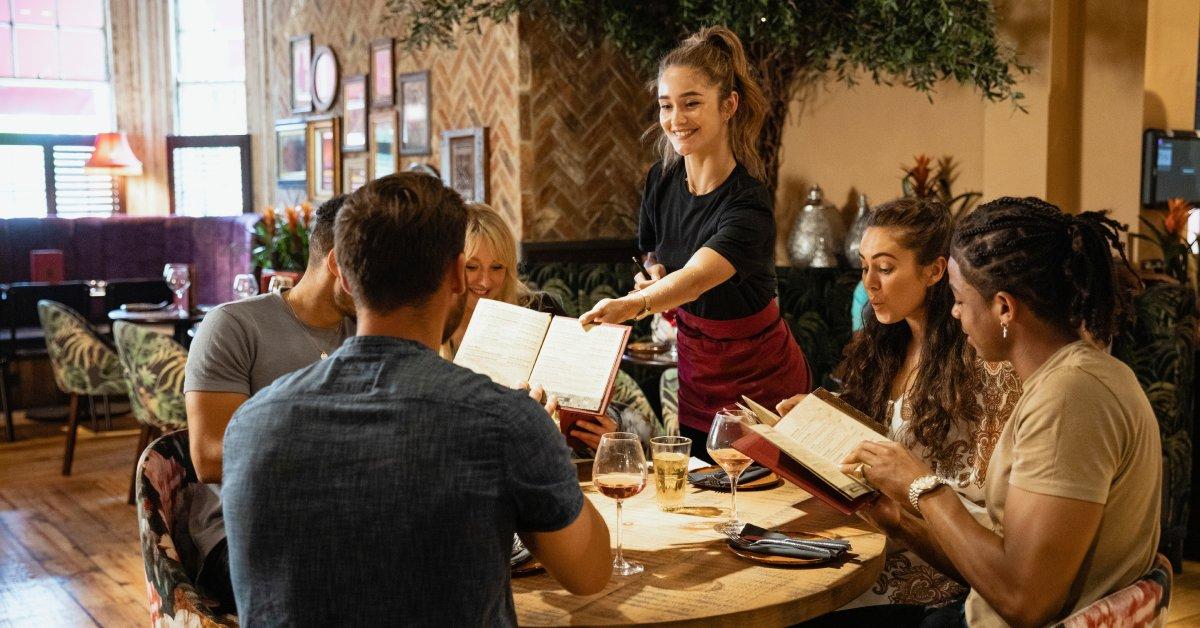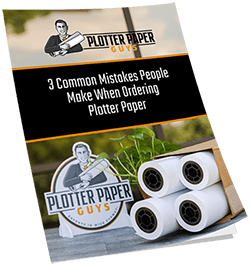A thoughtfully designed restaurant menu can do more than highlight your dishes. It can set the tone for your establishment, guide diners through their options, and subtly influence their order. These ten tips for designing a stylish restaurant menu can help you craft materials that reflect your brand and support your business goals.
1. Focus on Readability First
Your menu should be easy to read at a glance. Choose simple, legible fonts and a comfortable size for most customers. Keep your text aligned neatly, and don’t crowd the menu with too many items or graphics. The easier it is for guests to scan the menu, the quicker they decide.
Your menu should guide customers’ eyes effortlessly. Use clear sections and headings to keep things organized and highlight popular or signature dishes. Make sure prices are easy to find.
2. Limit Choice Overload
While including every available dish is tempting, a menu with too many options can overwhelm customers. Instead, curate your offerings by grouping dishes into clear categories, such as appetizers, mains, sides, and desserts. Aim to showcase customer favorites while leaving room for seasonal rotations or special items.
Use concise descriptions to highlight specific ingredients or unique flavors. Keep the design easy to read with consistent fonts and formatting. Review your menu regularly to align with customer preferences and current dining trends.
3. Guide Eyes to High-Value Dishes

Highlight your most profitable or popular items by using subtle design techniques such as bold text, shaded boxes, or small graphics to draw attention. Positioning these dishes in strategic locations, such as the top-right corner or the center of the page, can further bring them into the spotlight.
Use enticing descriptions or keywords to make these items stand out even more. Avoid a cluttered design that distracts customers from key items. Test different layouts to see which version drives the most engagement and sales.
4. Choose a Cohesive Color Scheme
Your menu’s color palette should match your restaurant’s branding and ambiance. Use colors that evoke the mood you want customers to feel. For instance, warm tones of red and orange can stimulate appetite, while cooler shades of blue or green might convey freshness and calmness. Be mindful to use contrast so text doesn’t blend into the background.
Too many colors can overwhelm the design and distract from the content. Stick to a consistent theme that aligns with your restaurant’s identity. Test your menu design in different lighting for readability in all conditions.
5. Incorporate High-Quality Images Sparingly
While enticing images can enhance menu appeal, overcrowding your menu with pictures can make it look cluttered. If you choose to include photographs, make sure they’re professionally shot and true to the quality of the food you serve. For example, a perfectly captured photo of your signature burger can tempt diners without taking away from the rest of the page.
Stock photos can feel generic and misrepresent your dishes. Instead, strategically place original images to highlight your best-selling or most unique items.
6. Use Descriptive Language Carefully
Your dish descriptions should be concise yet engaging, painting a vivid picture of what diners can expect. Focus on taste, ingredients, and preparation style. “Spicy Honey-Glazed Chicken” is far more evocative than “Chicken.” However, don’t overload the descriptions with unnecessary adjectives.
Use descriptive words that highlight unique flavors or textures, such as “crispy,” “zesty,” or “smoky.” Include key ingredients that appeal to diners’ preferences or dietary needs. Always keep the tone consistent with your restaurant’s brand and style.
7. Balance Aesthetics With Functionality
Striking the right balance between design and function is essential for an effective menu. While sleek layouts and elegant formatting are appealing, they should never come at the expense of usability. For instance, avoid overly glossy materials that may glare under bright lights, or narrow columns that cram words together.
Use clear, readable fonts that are easy on the eyes. Organize items logically, grouping similar dishes together for quicker navigation. Include subtle but visible highlights for specials or popular items to guide customer choices.
8. Consistently Update Your Menu

Your menu may change. Regularly update your design to reflect seasonal changes, new dishes, or updated branding. These adjustments keep everything looking fresh but also maintain accuracy. If you’re printing new menus, consider working with industrial signage printing machines to create high-quality layouts that withstand everyday use in your restaurant.
Highlight special items or promotions to draw customer attention. Use clear fonts and vibrant imagery to make your menu visually appealing. Test your menu design with a small group of customers to ensure the layout is clear and engaging.
9. Proofread More than Once
There’s nothing worse than a typo or pricing error on your restaurant menu. Double-check your content before heading to print. Review every section for consistency, accuracy, and proper formatting. If possible, have a few team members review the menu for a fresh perspective.
For instance, the folks at Plotter Paper Guys recommend using durable printing paper for menus because it guarantees the material holds up to repeated use and reflects the professional nature of your restaurant.
10. Keep Tasting Notes Handy
If you serve specialty items, such as wine, cocktails, or unique chef creations, consider including tasting notes beside these items. A brief flavor profile explanation or pairing suggestions can elevate your menu’s usability and give guests extra confidence in their choices. This thoughtful addition will add value and encourage patrons to explore your offerings.
Highlight seasonal ingredients to create a sense of exclusivity. Mention any locally sourced items to appeal to eco-conscious diners. Keep the descriptions concise to intrigue customers and evoke interest in asking their server for more details.
Wrapping It All Up
Crafting restaurant materials requires creativity, strategy, and attention to detail. By focusing on readability, cohesive design, and usability, these ten tips for designing a stylish restaurant menu can help you create a dining experience that satisfies hunger and leaves a lasting impression.
If you’re ready to upgrade your menu layout and need expert-quality printing, contact Plotter Paper Guys to learn about our advanced solutions, such as industrial signage printers, so your design pops on the page. We specialize in equipping you with the tools to run a successful business and can help you find what suits your needs.
Take your time, focus on what makes your restaurant unique, and you’ll soon have customers raving about your menu as much as the food itself.






